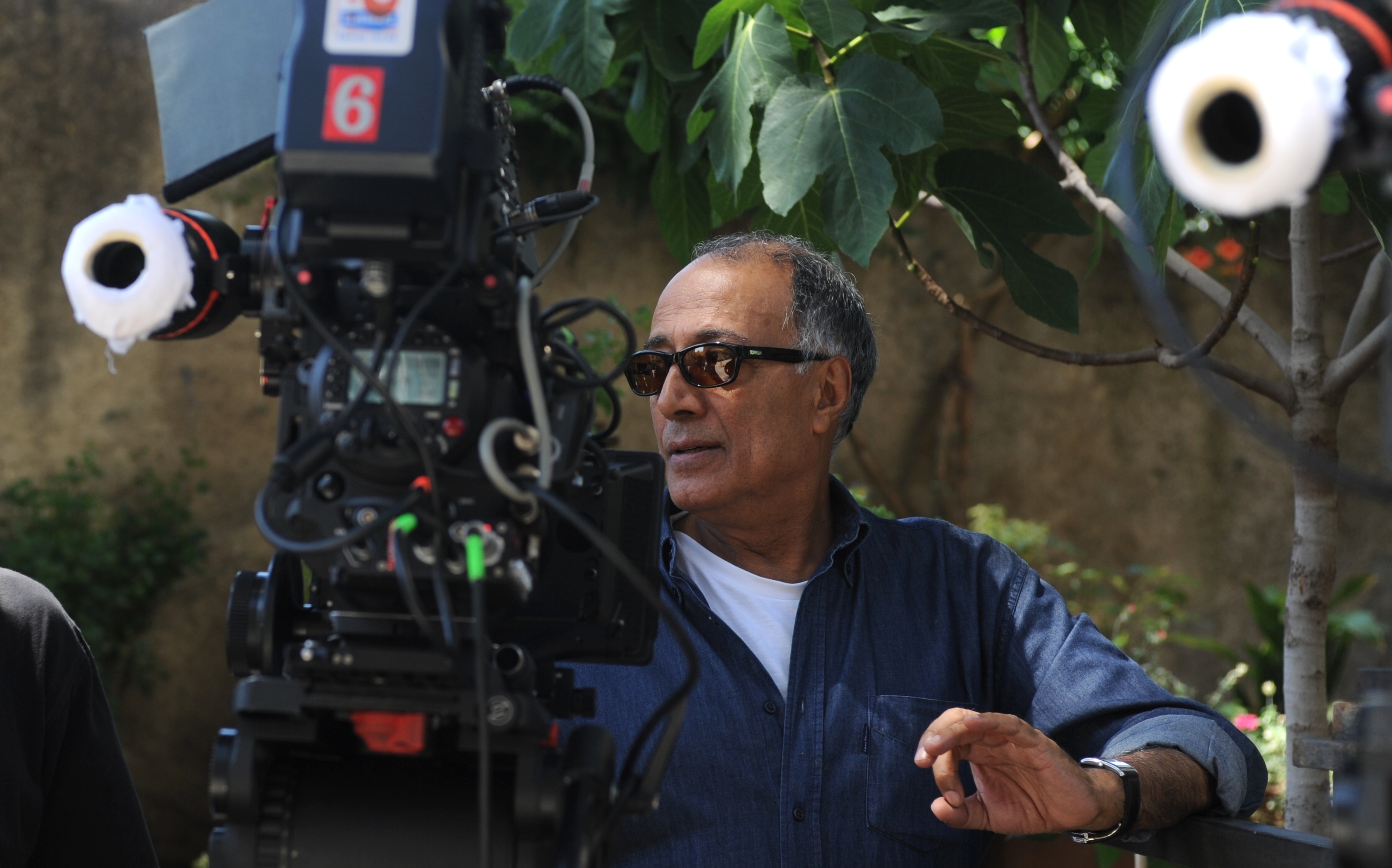 “Close-Up” (1990)
“Close-Up” (1990)
Playing fast and loose with the tenets of cinematic truth, documentary truth and outright lies, this genre-bending experiment focuses on the true-life story of a man who impersonated a filmmaker to ingratiate himself into the lives of an innocent family in Tehran. While this is played for fiction, Kiarostami has the real-life people playing themselves, acting out the charade of their lives, while peppering in actual footage of the ensuing trial. The combination of truth and playfulness seems like a rarity in the usually stone-face work of Kiarostami, but if anything, this film helps one to appreciate the sly humor and deconstructionism of the rest of his oeuvre by being such a self-conscious experiment. Even with the theatrics, it’s one of his most straightforward and fulfilling pictures. [A]
 “Life and Nothing More…” (1992)
“Life and Nothing More…” (1992)
Meta is as meta does. In 1990, a devastating earthquake ravaged Northern Iran where the director’s “Where Is the Friend’s Home?” took place. Worried over the well-being of his two young leads, Kiarostami took to the road to make sure they were alive and well. The film follows this premise (somewhat of an alternate take on ‘Friend’s,’ asking around for the boys), with an actor cast in the Abbas role and a young boy journeying with him. It’s another excuse to partake in Iran’s culture, but it also examines life, determination after tragedy, and human compassion. Though it has extra layers, the picture doesn’t suffer from over-saturation and remains just as moving, if not more, as the first film in the “Koker Trilogy.” [A]
 “Through the Olive Trees” (1994)
“Through the Olive Trees” (1994)
Studios and creative teams struggle to build off a successful feature, but Kiarostami effortlessly squeezes two beautiful and naturalistic tales out of his 1987 treasure “Where Is the Friends Home?” In this closing part of the trilogy, a man from “Life and Nothing More…” attempts to woo his love interest, who (along with her family) is turned off by his lack of income and prospects. Love doesn’t just give up, though, and the male seeks advice from the Abbas character while doing a scene involving his main squeeze. Bits from ‘Life’ are given a new layer and extended beyond their original cuts to detail the budding relationship between the prospective couple, which at times feel both voyeuristic and tender. These multiple and extensive observations into one situation constantly unveil new and varying layers to a situation already thought to be well-established, which is something that is often ignored by most directors either due to naivety or inexperience. Could the director have continued making movies with roots leading back to his sophomore feature? Probably, because even though it my seem like he exhausted the concept in theory, the three films remain as fresh as they ever were, and there’s still plenty of culture and topics left to explore. Human beings, human relationships, and life in general are very complicated and complex topics, so why is Abbas one of the only filmmakers to acknowledge this? Beats us, but so long as he’s taking that unpretentious approach, we’re happy to have him. [A-]






Good article, it's nice to have a bit of a guide through his filmography. Gozaresh AKA The Report (1977) is available on the Criterion edition of Certified Copy. It's definitely worth watching.
Good call, thanks. He\’s got so many projects that are just 10 or so minutes shy of being features so it was a bit difficult. Good looking though!
Great article, thanks for posting. Just a quick correction: Kiarostami\’s first feature was actually \’Mossafer\’ (\’The Traveler\’), from 1974, while \’Gozaresh\’ was his second. Both well worth any efforts whatsoever to track down.